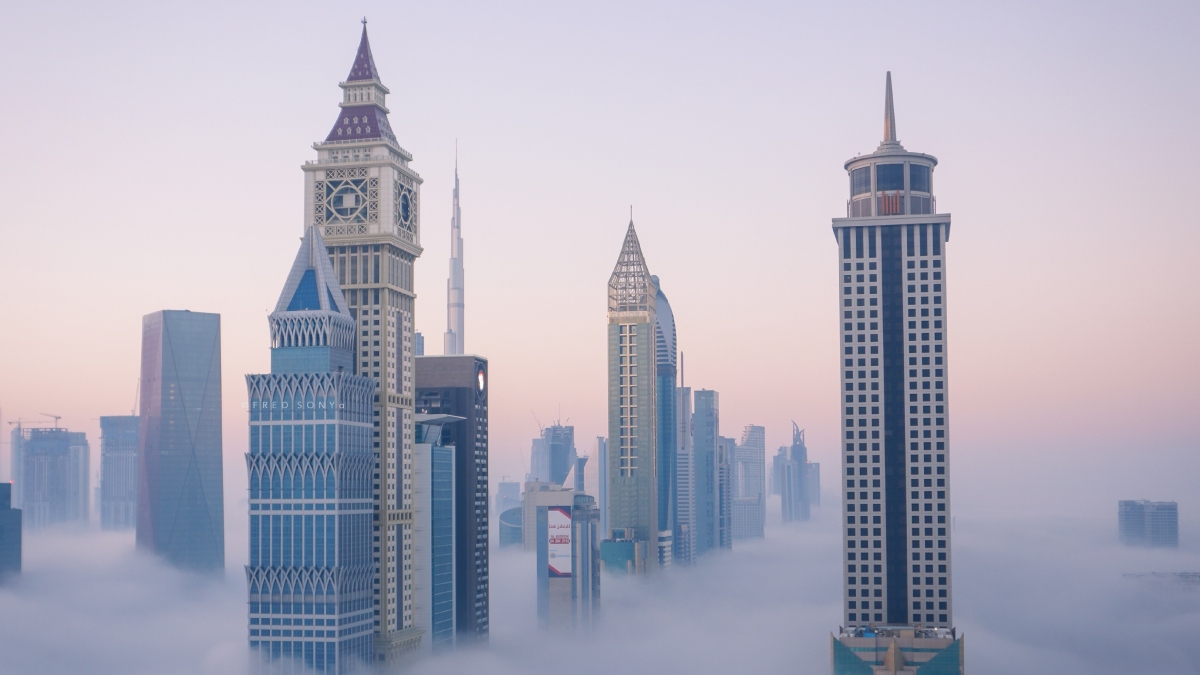Residents across the United Arab Emirates have started to feel a welcome drop in temperatures.
This change is attributed to the nation entering the ‘Suhail’ season, marked by the appearance of the eponymous star.
This celestial event, indicating the culmination of the intense summer season, will be visible from August 24.
From today, the country will experience daytime hours of less than 13, which will continue until April 21 of next year. This revelation comes from Ibrahim Al Jarwan, chairman of the Emirates Astronomical Society.
Furthermore, between October 2 and April 11, daytime is projected to shrink to less than 11 hours, marking the gradual ingress of winter.
The Suhail star’s appearance serves as a significant astronomical marker for the UAE.
It heralds a shift from the sweltering heat of summer to more moderate temperatures.
On August 24, this star will be at the center stage in the dawn sky, directly over the Arabian Peninsula.
October 2 is another key date to watch, when day and night hours will equate, signaling the atmospheric transition known as the equinox.
Suhail’s emergence doesn’t just bring a temperature respite. It also ushers in the ‘Safriyah’ season, lasting approximately 40 days. This period not only hints at the impending onset of autumn but also brings gentle winds that mitigate the residual summer heat.
The season is also significant for the agricultural sector. The cooler climate and fertile conditions make it ideal for sowing seeds and embarking on the autumn farming cycle.
The practice involves initial sowing in protected nurseries during mid-August to shield the crops from the lingering summer sun and arid winds. By late September, these seedlings find their way to permanent plots.






